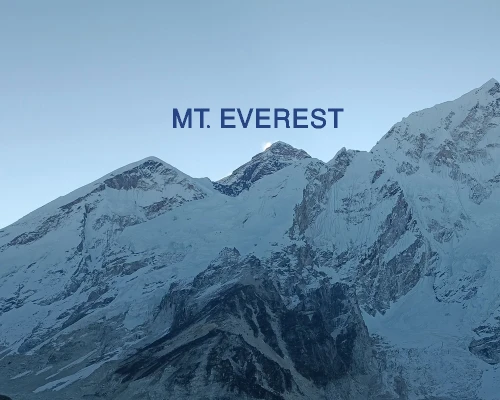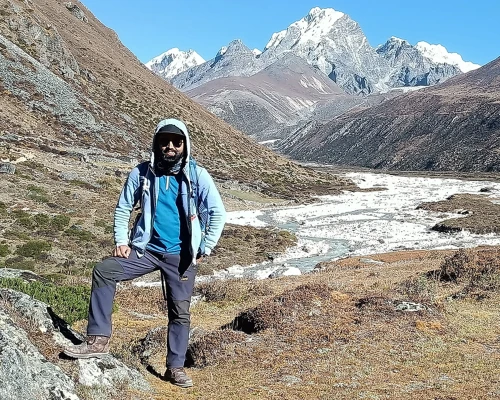Everest base camp trek 11 Days is at more rigorous, and a more challenging activity to do. Trekking is in the between hiking Mountain expedition and Peak climbing. It will test one’s physical and psychological ability, endurance, and even in their mental or psychological calibre. You have to be decently fit to carry out most trek trails. For a first timer taking the trekking guide is highly advisable because the trails are steep, altitude and altitude sickness also checks at those who are not used at trekking.
Treks usually begin in 3 days and go up at 21 days. In trekking explores camp or stay in tents or stay at tea houses or small lodges at the trail of the trek. For trekking, your gears have to be specific and equipments that could . You got to follow the packing list. Some of the requirements are Jackets, Trekking Shoes, Trekking pants and so on Nepal is very well known for trekking and adventure activities. Some of the well-known trekking routes are the Everest Base Camp Trek, the Annapurna Circuit Trek, Annapurna Base Camp Trek, Mardi Himal base camp trek, Upper Mustang Trekking, and many more.





 based on 19 reviews
based on 19 reviews
